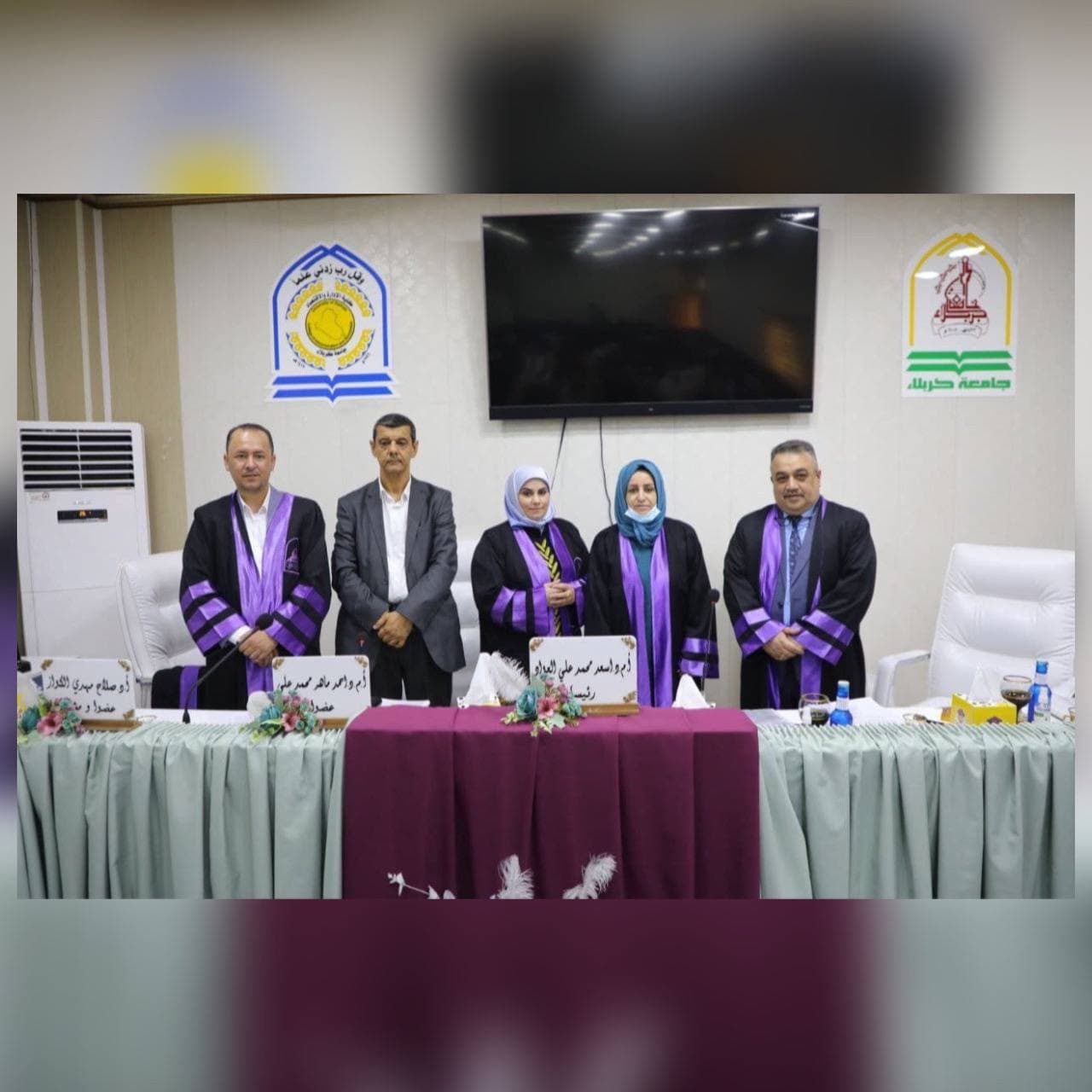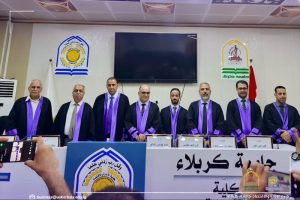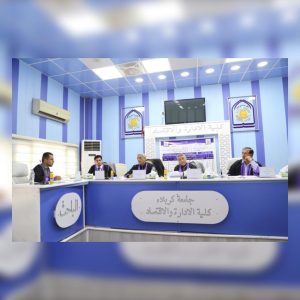The Integration Between Time Driven Activity Based Costing and Manufacturing Cycle Effectiveness Approaches and its impact on reducing costs
– Applied research in The General Company for Textile Industries in Hilla –
-the men’s apparel factory in Najaf –
Presented to
The Council of the College of Administration and Economics – Karbala University It is part of the Requirements for the Degree of Master of science in Accounting
By
Maysam Jawad Abdul Hasan
Supervised by
The Professor
Dr. Salah Mahdi Jawad Al-Kawaz
Abstract
In light of the developments and changes that the contemporary business environment is witnessing such as intense competition, short product life cycle, technological progress, and others, traditional cost and input systems have become unable to provide the appropriate information that keeps pace with these developments because such systems were mainly found to serve a business environment in which the development was very limited. Still, this business environment changed to turn into a business environment with completely different features as it made economic units face to face with the risk of discontinuity and the deterioration of their competitive position if they did not move and take the initiative in adopting modern strategic approaches and input systems in the field of cost management. The two most promising strategic approaches in the field of cost management and accounting are time-driven activity-based costing and manufacturing cycle effectiveness , which by their integration, economic units can manage their costs by reducing them by calculating the cost more accurately than traditional systems and as a result achieving a competitive advantage for these units as well as providing useful information that helps in decision making.
Accordingly, this research aims to study time-driven activity-based costing and manufacturing cycle effectiveness approaches as an integrated framework that contributes to reducing costs and applying this framework in one of the factories of the general company for textile industries in Hilla represented by the men’s clothing factory in Najaf. To achieve this goal, the researcher has utilized data obtained from the field coexistence and access to the laboratory records of the research sample.
The researcher has reached several conclusions, the most important of which is that the focus of the manufacturing cycle efficiency approach on the principle of analyzing activities related to the manufacturing cycle of the men’s suit product in terms of adding or not adding value would help in loading this product at the cost of activities that add value, and contribute to addressing the time Activities that do not add value and do not become a burden on the cost of the product.































































